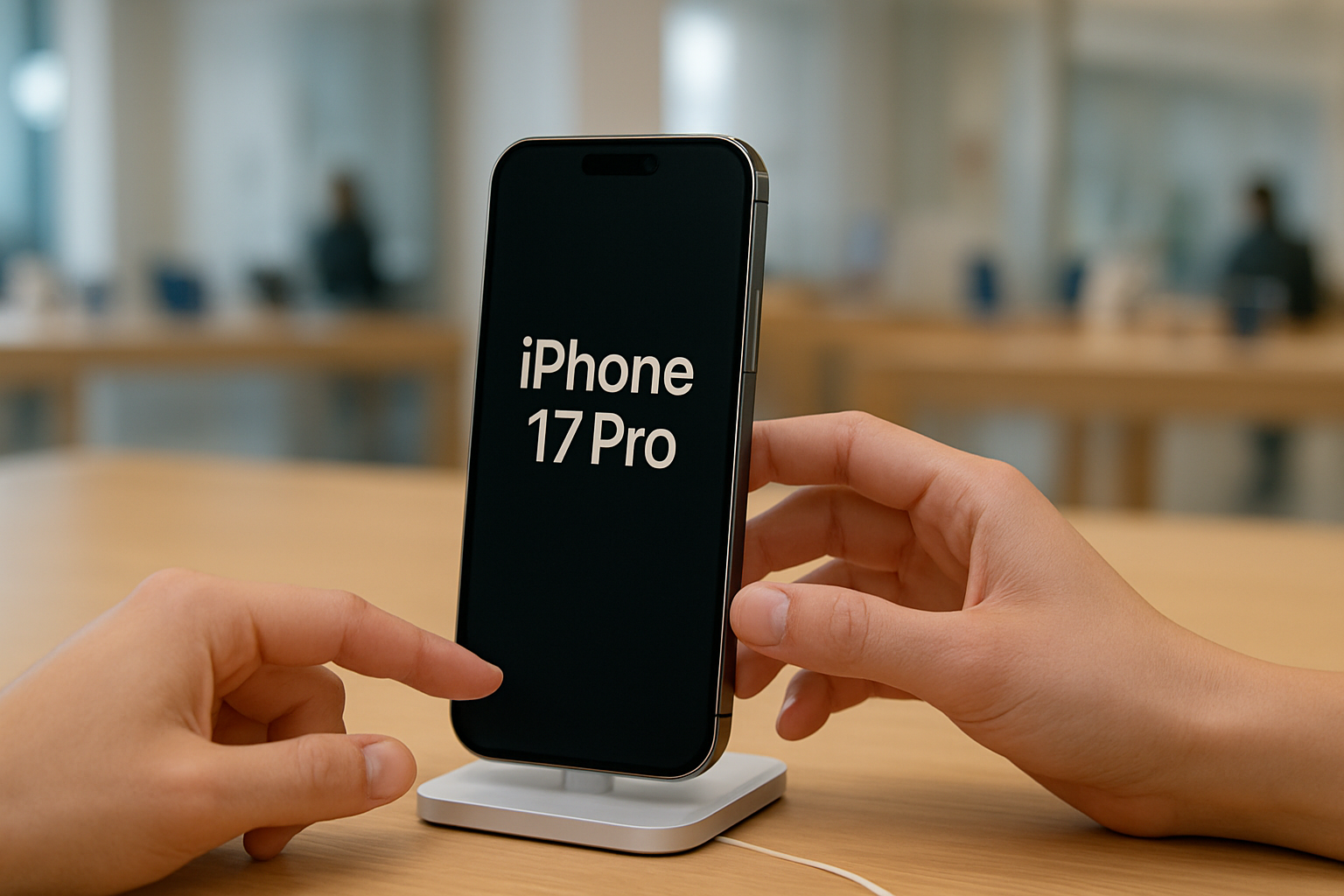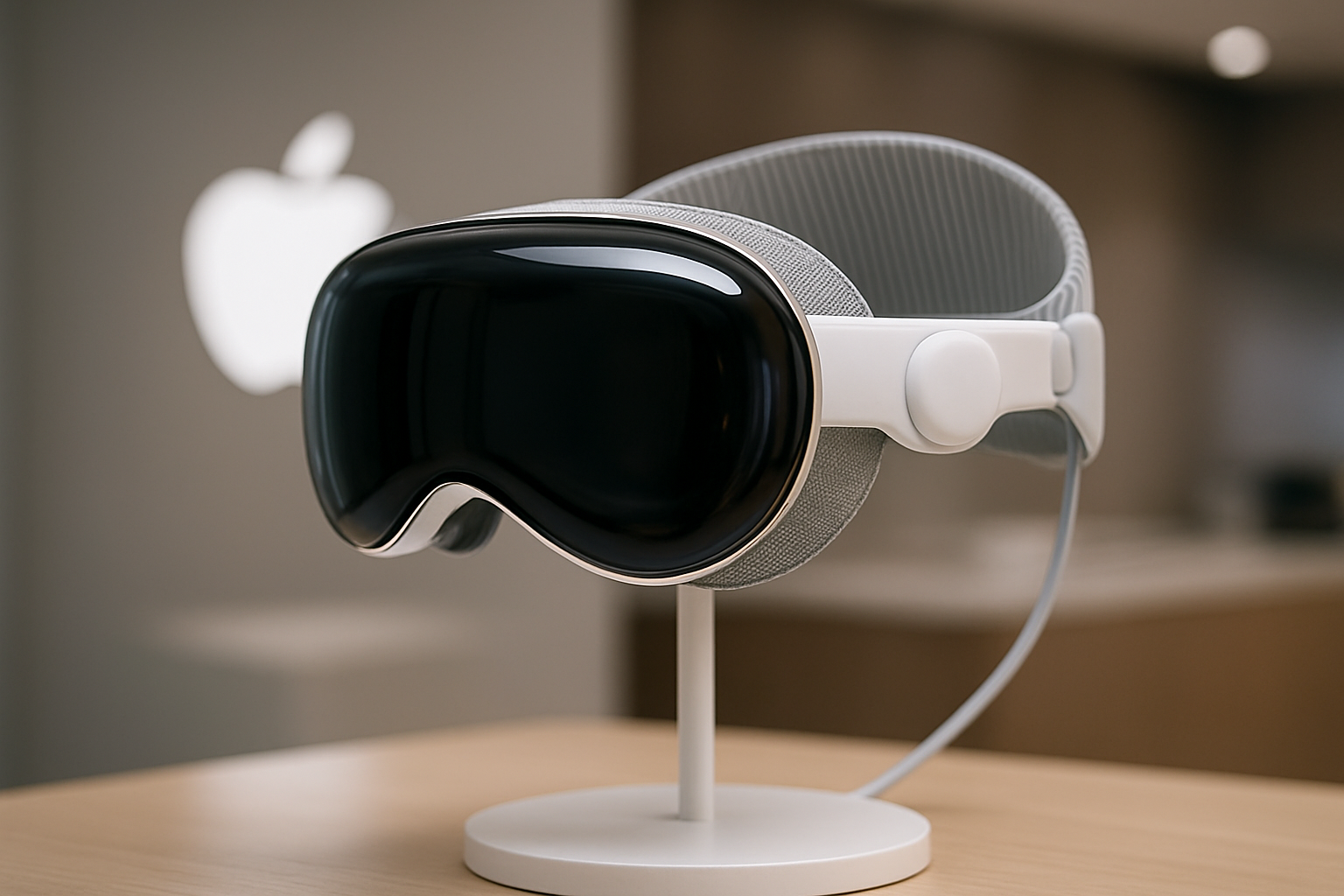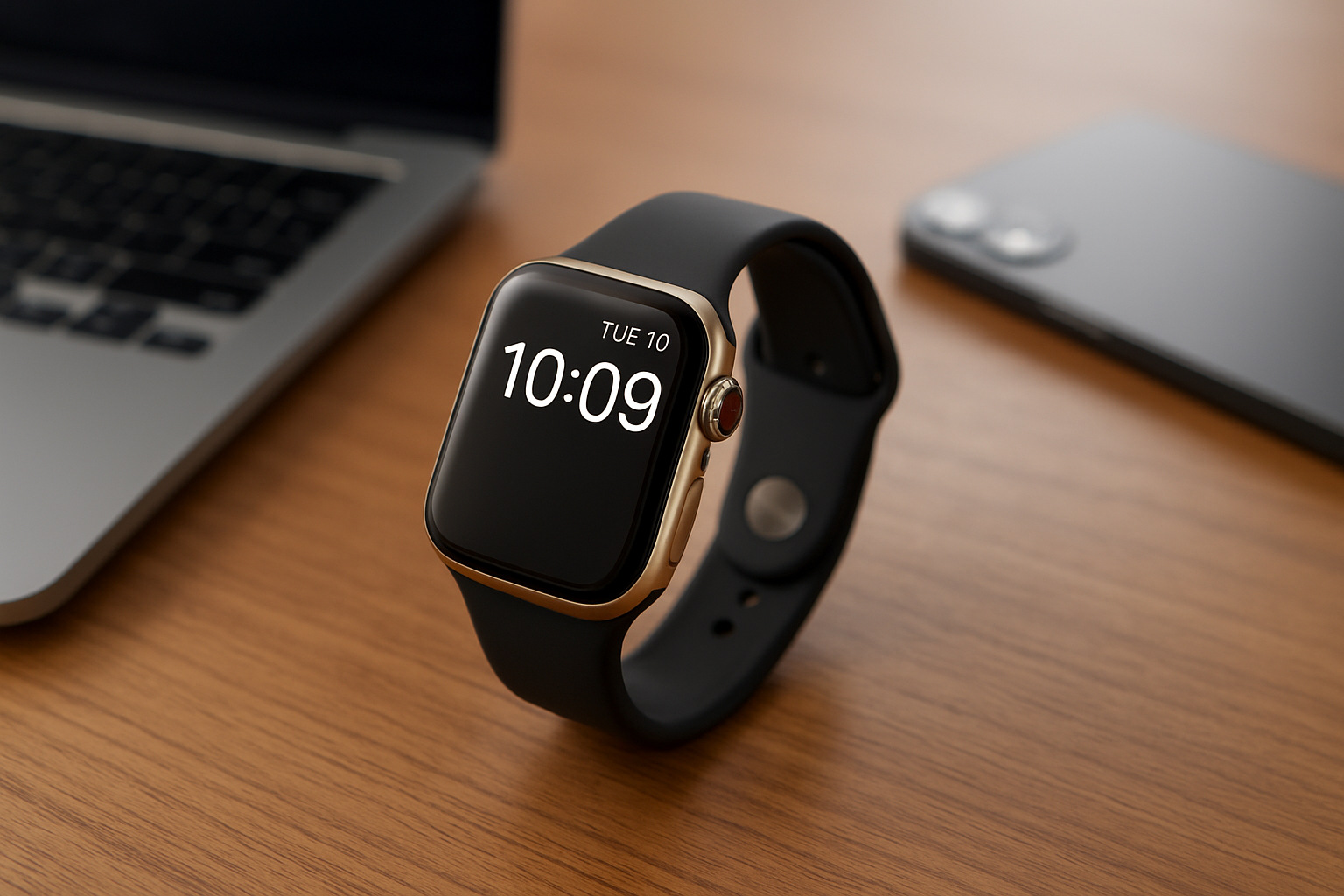Apple’s Official Clarification After Scratch Reports
Apple has publicly addressed the growing criticism over visible marks on iPhone 17 Pro and iPhone Air demo units. According to the company, the blemishes are not permanent scratches, but rather “material transfer” from worn display stands marks that can be wiped clean.
Setting the Stage: How Scratch Controversy Started
Shortly after launch, users noticed scuffs on display models, especially on darker color variants. The term “scratchgate” quickly gained traction as photos circulated showing marks on Deep Blue Pro units and Space Black Air models.
Durability experts and teardown reports had also flagged concerns about the aluminum frame and sharp edges around the camera bump, especially in the new anodized design.
What Apple Claims: Key Details
- Apple says the visible marks are not scratches, but “material transfer” caused by friction from worn MagSafe stands used at retail displays. These marks, according to Apple, are superficial and removable with cleaning.
- To prevent recurrence, Apple plans to replace or refurbish the worn stands in Apple Stores and partner locations.
- On the issue of camera bump vulnerabilities, Apple says minor abrasions (normal wear & tear) can appear over time, but dismisses reports of severe corrosion or damage to the underlying frame.
- The company highlights that the anodization on the aluminum body passes industry standards for durability, and that the structure is similar to aluminum models shipped before.
Expert Reactions & Durability Concerns
Experts and teardown analysts are more cautious. For example, iFixit’s examination spotlights how the camera plateau’s edges are susceptible to “spalling” damage where the coating chips under friction.
Mechanical engineering voices point out that sharp corners around the camera bump lacked smoothing (like chamfers or fillets), making them more prone to abrasions under real-life use.
Some argue that even if demo unit marks are explained away, the broader question remains: will everyday use trigger scratches or chips over time?
Why It Matters to Buyers and Apple’s Image
- Perception is powerful: When early buyers see marks so soon, trust in build quality can be shaken.
- Resale value & aesthetics: A scratch-resistant finish is often a deciding factor for premium smartphone buyers.
- Durability under spotlight: Apple’s move from titanium (previous Pro models) to aluminum draws extra scrutiny; the material trade-offs are now under examination.
- Brand reputation: How well Apple handles “scratchgate” may influence momentum and sentiment around the iPhone 17 launch cycle.
What to Watch Moving Forward
- Monitor real-world user reports over weeks and months, not just retail display units.
- See how many units are returned or exchanged due to durability complaints.
- Watch for Apple’s future design tweaks perhaps smoothing edges or improving coatings.
- Check whether third-party reviews, stress tests, and user forums corroborate or challenge Apple’s claims.
Final Take
Apple’s explanation calling scratch complaints “material transfer, not permanent damage” aims to calm concerns. But for discerning buyers, the real test will be whether the iPhone 17 Pro and Air can stay pristine through daily life. Until then, this response may buy confidence, but it doesn’t fully settle the durability debate.



